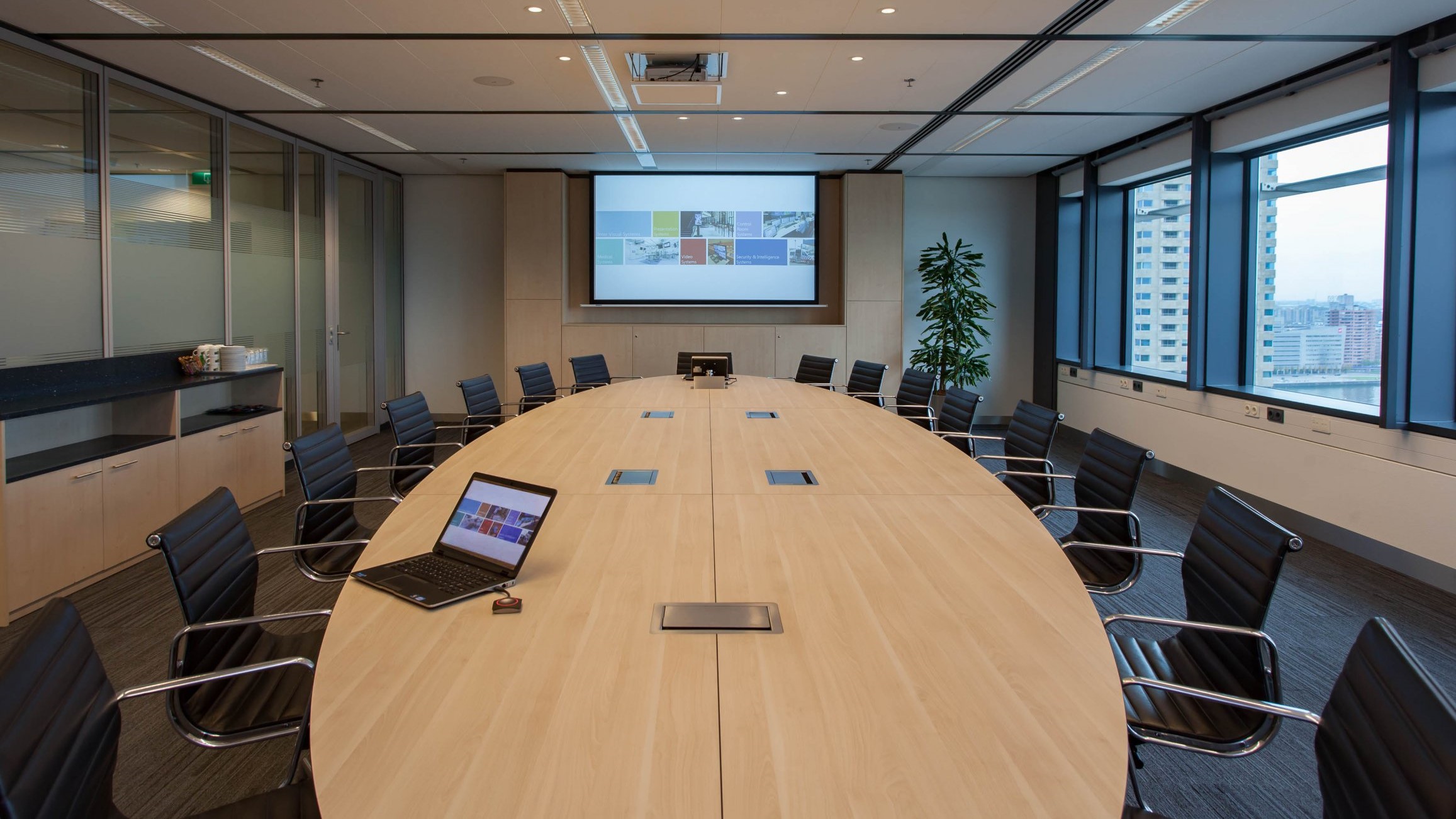Key Guide For Wireless Presentation System
Connect any digital devices without the need for plugs and cables
Choosing the right screen sharing system can be a daunting task – there are different features, technical specifications and pricing models to consider, not to mention the myriad devices and operating systems that must be accommodated.
Fit For Purpose Or Purpose-Built
When researching wireless presentation systems, you’re more likely to read about “users”, “moderators” and “the boardroom” than students, teachers and the classroom. That’s because almost every wireless presentation solution currently on the market was created for use in a business context.
A Purpose-Built Solution
- support enough screens and rooms to provide access for any user
- encourage user engagement and collaboration
- offer improved latency and video streaming
Works On Devices, Any OS & Any Displays
Numerous clients presently have a BYOD (Bring Your Own Device) strategy as a method of productively bringing innovation into any room. Interfacing these dissimilar individual gadgets to an introduction framework is unthinkable if it’s attached to one gadget or working framework.
BYOD or not, computerized innovation is moving quickly. Who can say what gadgets and working frameworks your teachers and understudies will use one month from now, let alone one year from now? Also, inside a solitary introduction, a client should switch between a cell phone, a tablet, and a PC. You can perceive how significant it is for the arrangement you decide to work consistently with each gadget.
Improve Users Outcome
Your initial motivation for buying a wireless presentation system might have simply been to replace outdated technology – to cut the cord between devices and displays. But this purchase represents a much greater opportunity, to improve users engagement and achieve better outcomes.
Presenting work and receiving immediate result and peer feedback builds user self-esteem. It promotes greater engagement in work and greater investment. Screen sharing technology facilitates this by allowing user to mirror their devices to shared screens and explain their work.
Centrally Managed
Too often, technology solutions that offer a good in-work experience fail to meet the needs of IT and AV staff. The worker experience of using a wireless presentation system is crucial, but it’s also important for the system to be easily managed. This not only ensures operational efficiency but can deliver additional functionality that will support better outcomes.
Performance All Day
For a wireless presentation solution to consistently deliver benefit, it must provide robust, reliable performance. Every second a video spends buffering, there’s an increased likelihood that will become disengaged. If there’s too much delay doing something on their device and the required action playing out on the shared display, the user will quickly become frustrated. And if the network drops out too often, breaking connections between devices and displays, entire presentation can be undermined. Over time, this will lead to poor adoption rates from user and, ultimately, a waste of time and money.
Model Affordable
It’s important to choose a wireless presentation solution that your meeting room can afford to roll out through the whole office, to ensure equal access for all user & staff. This also prevents scenarios where user have had to adapt their presentation for different technologies in different rooms.
Some technology solutions require one large upfront investment. While this has the appeal of no ongoing licensing fees, it typically comes with limited or conditional technical support and no incentive for the supplier to evolve the product or its feature set. The risk of committing to a large capital expenditure investment for relatively static technology makes this pricing model a poor match for meeting room screen mirroring.
We’d love To Meet You In Person Or Via The Web!
Main Office: Suite M-01, 512, 3rd Street, Abu Dhabi, UAE
Phone: + 971 2 6767019
WhatsApp: + 971 55 3979668
Email: web@OfficePlusUAE.com







